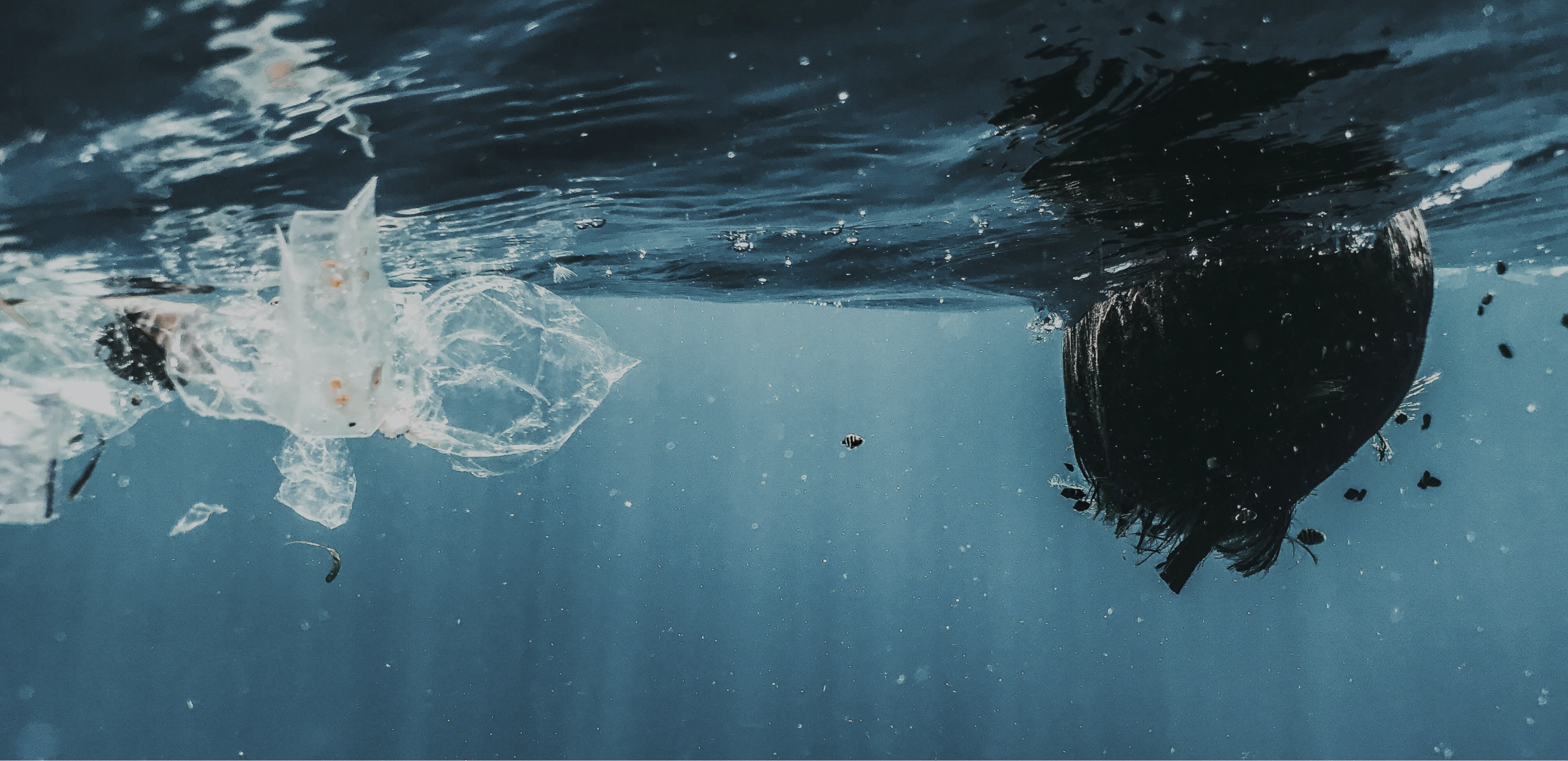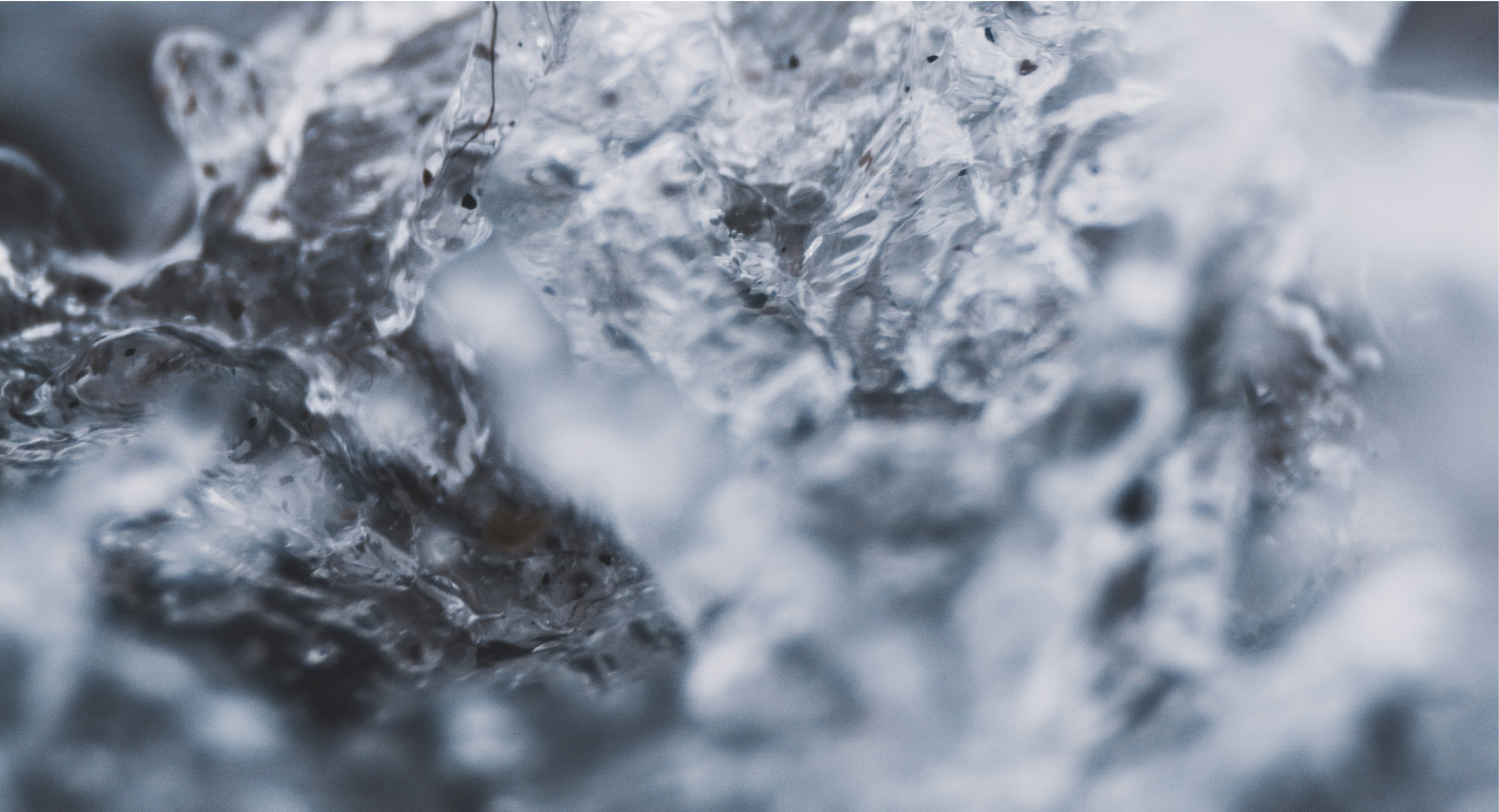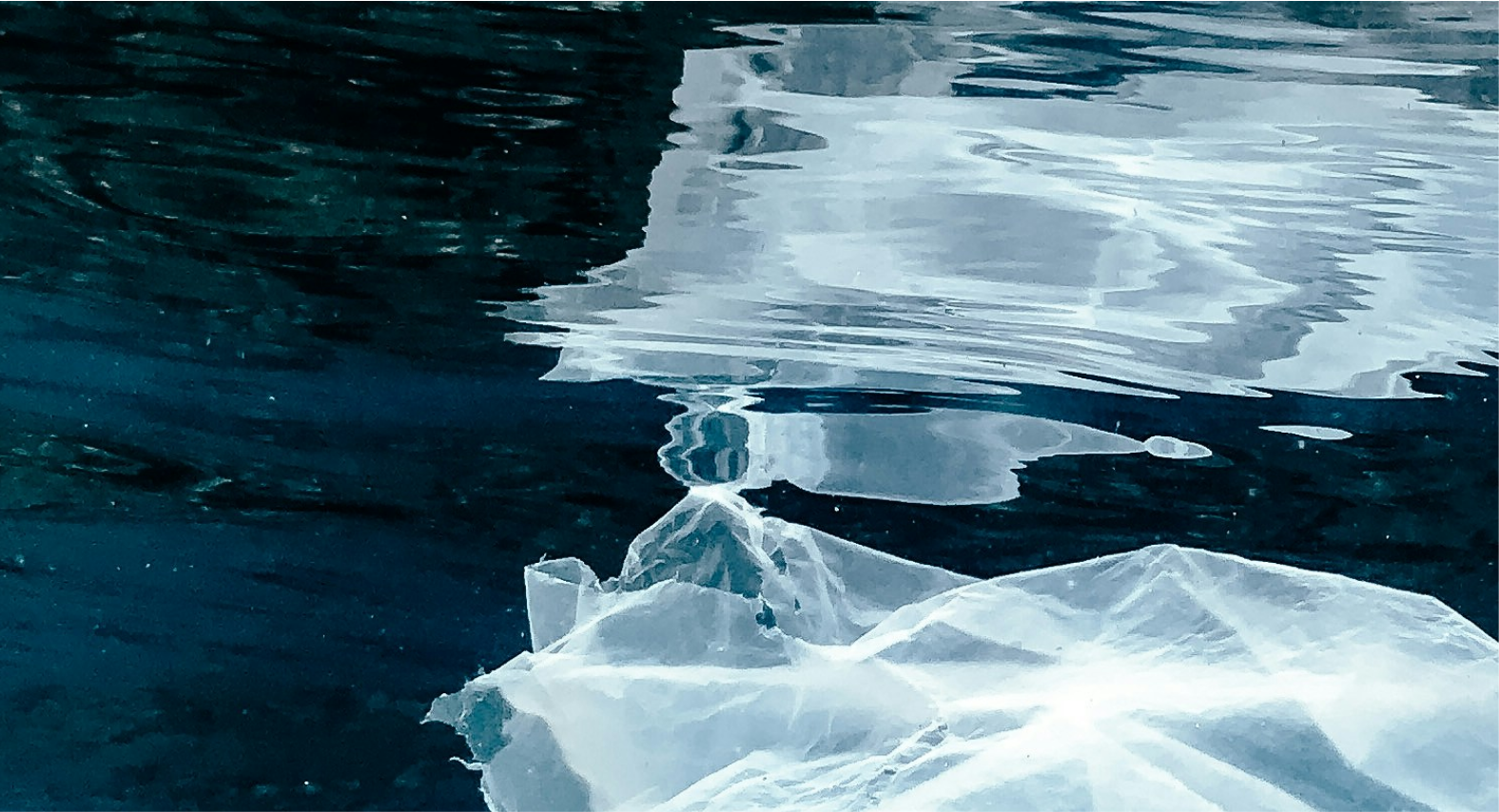World Water Day reminds us year after year of the importance of safeguarding water resources and reducing their exploitation by humans. Among the most pressing issues regarding the health of our oceans is that of microplastics: 14 million tons of these microscopic fragments have accumulated on the seabed and the quantities continue to increase. A great percentage of them, from 16 to 35%, comes from the washing of synthetic fibers. This makes switching to a natural fiber wardrobe a more conscious choice in counteracting the accumulation of these particles causing damage to the entire planet.
Microplastics come in various forms, including microbeads used in cosmetics and personal care products, fibers from clothing made of synthetic materials like polyester and nylon, and fragments from larger plastic items such as bottles, bags, and containers. Due to their small size, microplastics can easily pass through water filtration systems and are therefore found in many bodies of water, including rivers, lakes, and oceans.
One of the most significant environmental concerns associated with microplastics is their impact on marine life. Marine animals can mistake microplastics for food, leading to ingestion and potential health issues: 45% of marine mammal species and 21% of marine bird species are impacted by the presence of plastic in the sea.
While the health effects of microplastics on humans are still being studied, there is growing evidence to suggest that these tiny particles may have adverse effects on human health. Research has shown that microplastics can enter the human body through ingestion and inhalation and that they can cause damage on human cells.
To address the issue of microplastic pollution, it is essential to reduce our reliance on single-use plastics and opt for more sustainable alternatives. You can also make informed choices by avoiding products containing microbeads and opting for clothing made of natural materials rather than synthetic fibers.In addition, you can wash your clothes less, by saving also time and resources.
Sources:
The European Commission
National Geographic
European Environment Agency














